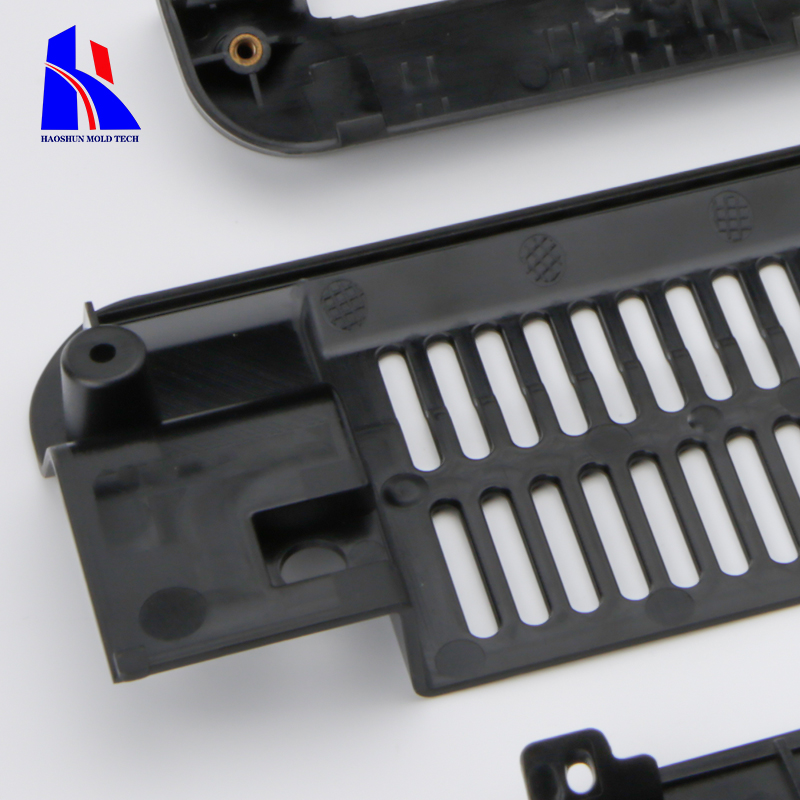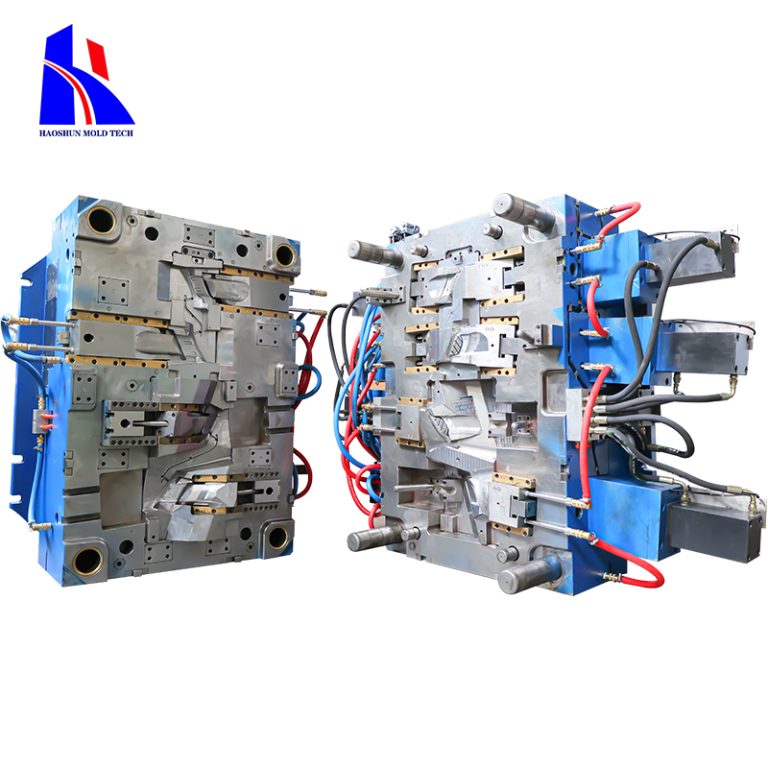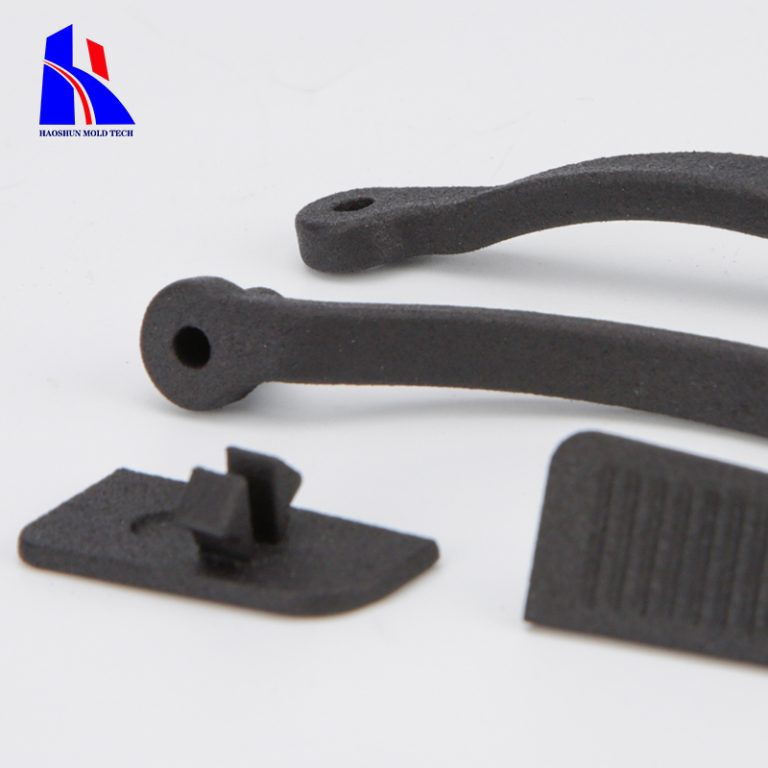custom plastic injection molding mould design
Key Considerations for Custom Plastic Injection Molding Mould Design
Custom plastic injection molding is a widely used manufacturing process that involves injecting molten plastic material into a mold cavity. The mold design plays a crucial role in determining the quality and efficiency of the final product. In this article, we will discuss some key considerations for designing custom plastic injection molding molds.
One of the first things to consider when designing a custom plastic injection molding mold is the material to be used. The material chosen will depend on the specific requirements of the final product, such as strength, flexibility, and heat resistance. It is important to select a material that can withstand the high temperatures and pressures involved in the injection molding process.
Another important consideration is the design of the mold cavity. The shape and size of the cavity will determine the final shape and dimensions of the plastic part. It is essential to design the cavity with precision to ensure that the final product meets the desired specifications. The mold cavity should also be designed to allow for easy ejection of the finished part.
| Drawing Formats | 2D(PDF/CAD) And 3D(STP/STEP) |
| Quotation | According To Your Drawing(Size / Material / Required Technology / Etc.) |
In addition to the cavity design, the mold must also incorporate features such as cooling channels. These channels help to regulate the temperature of the mold during the injection molding process, ensuring that the plastic material solidifies properly. Proper cooling is essential to prevent defects such as warping or shrinkage in the final product.
Another key consideration for custom plastic injection molding mold design is the gating system. The gating system controls the flow of molten plastic into the mold cavity. It is important to design the gating system in a way that ensures even distribution of the material and minimizes the risk of defects such as air bubbles or sink marks.
Furthermore, the mold design should also take into account factors such as draft angles and wall thickness. Draft angles are necessary to facilitate the ejection of the finished part from the mold, while wall thickness affects the strength and durability of the final product. It is important to strike a balance between these factors to ensure a successful injection molding process.
Additionally, considerations such as parting lines and ejector pins must also be taken into account during mold design. Parting lines are the lines where the two halves of the mold meet, and they should be carefully designed to minimize flash or excess material on the final product. Ejector pins are used to push the finished part out of the mold cavity, and their design should be optimized for efficient ejection.

In conclusion, designing a custom plastic injection molding mold requires careful consideration of various factors such as material selection, cavity design, cooling channels, gating system, draft angles, wall thickness, parting lines, and ejector pins. By paying attention to these key considerations, manufacturers can ensure the production of high-quality plastic parts that meet the desired specifications. Custom plastic injection molding mold design is a complex process, but with proper planning and attention to detail, it is possible to achieve excellent results.








